In Nepal’s Mustang Region, Climate “Loss and Damage” Puts the Survival of a Tibetan Community in Question
What climate change looks and feels like in the Himalayas.
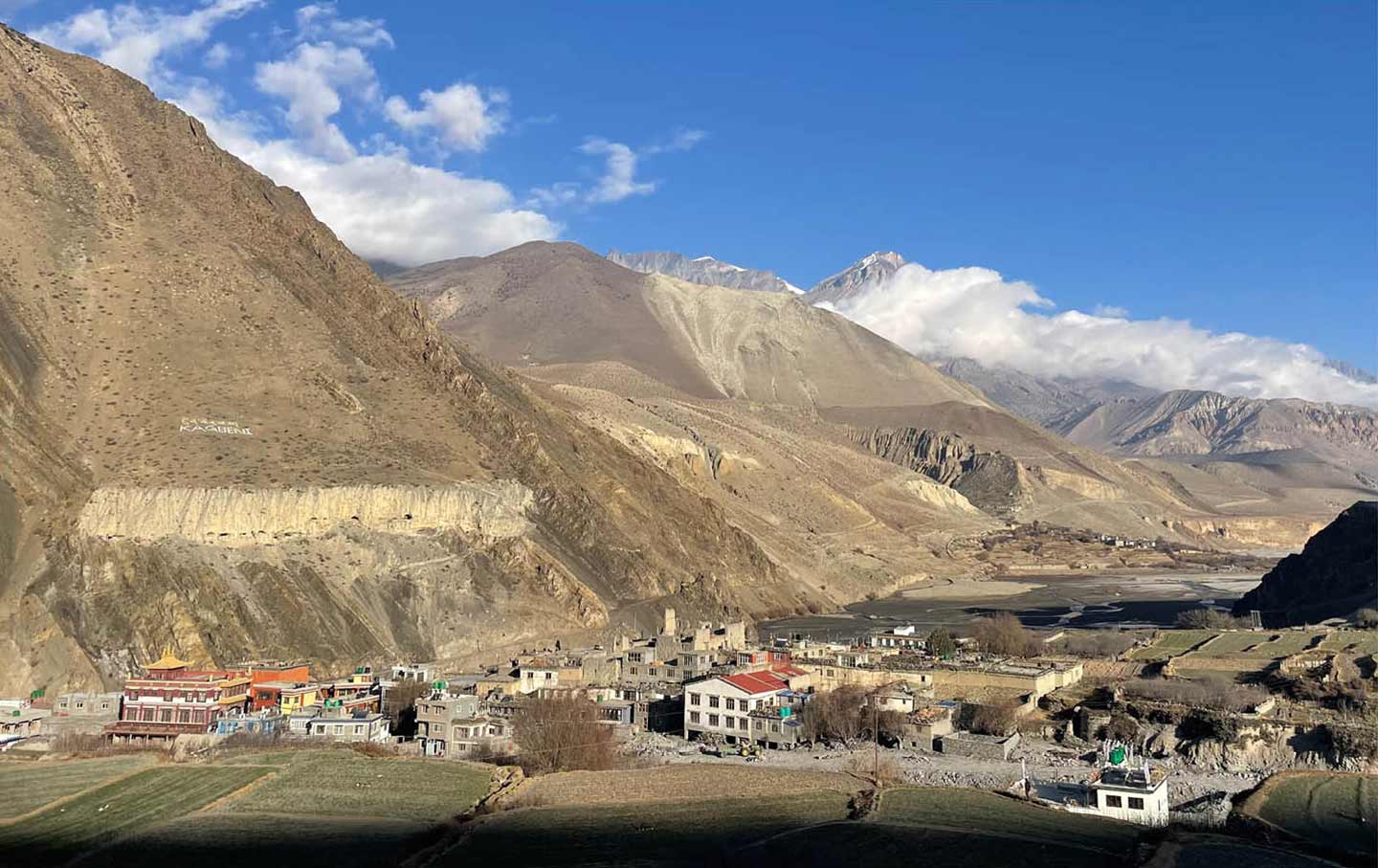
My first glimpse of Kagbeni, the famous medieval Tibetan town high in the Kali Gandaki River Valley, at the northern end of Nepal’s Lower Mustang region, came with a mix of relief, elation, and a cold foreboding.
I had been walking north with my Nepali guide—sturdy 50-year-old Manoj Tamang out of Pokhara—for four days, the peak of Dhaulagiri (elevation 26,795 feet) looming to the west and the Annapurna massif to the east, until we’d put them behind us. Now in their “rain shadow” on the north side of the Himalayas, the landscape quickly turned from alpine to arid high-mountain grassland and desert. We would spend two nights and a full day in Kagbeni (around 9,200 feet) before continuing up to Jharkot and Muktinath (at around 12,300 feet, still the “foothills” by Himalayan standards). Hence the relief—especially for my 56-year-old back and legs, no match for Manoj’s.
As for the elation, it came not only from the vista of Kagbeni’s terraced fields and orchards appearing, like some miraculous oasis, at the foot of barren cliffs and snowless mountainsides. There was also the realization that I was entering a place where indigenous Tibetan people still lived (relatively) freely in a historically Tibetan land. Since the 12th century, Kagbeni has been the “gateway” to the ancient Tibetan Buddhist Kingdom of Lo, known today as Upper Mustang, a restricted area on Nepal’s border with Tibet (or, if you prefer, China). Yet today’s Mustang—as recent scholarship by the anthropologist Emily Amburgey and others has shown—is no idyllic Shangri-la, thanks to its mix of poverty, uneven development, government neglect, out-migration of the young, and, increasingly, symptoms of climate change (like those snowless mountainsides during my January visit).
Indeed, the foreboding came when I remembered why I was there. Last August, Kagbeni suffered a devastating flood—brought on by extreme rainfall—the likes of which no one living there had ever experienced. I wanted to see the damage and the recovery effort for myself—and I wanted to hear from local people about what climate change means for their lives and communities in the fast-warming Himalayas.
Kagbeni is built along both banks of the Kag Khola river where it flows into the Kali Gandaki from the east. The original 12th-century town, with its traditional flat-roofed mud houses and its medieval monastery and fort, lies on the north side, and the newer part of town to the south. The confluence of the two rivers, sacred to both Hindus and Buddhists, has made Kagbeni an important stop on the age-old pilgrimage route to the ancient Muktinath temple complex farther up the Kag Khola Gorge. (The area is now heavily touristed thanks to a major road completed in 2008.)
That first afternoon, I made my way along the new town’s main street until it opened suddenly onto what still looked—five months after the flood—like a war zone. The gray rubble of rock, sand, and dried-mud debris, a block wide and a story high, stretched a good 200 yards along both sides of the narrow river. The floods that sweep down these river gorges don’t just carry water; they consist of a thick, heavy flow of cement-like silt, mud, and rock that levels everything in its path and raises the riverbed by many feet. Think of it not as sea-level rise but riverbed rise—putting homes, schools, stupas and temples, infrastructure, and fields in greater peril with each new flood, which come more often as global warming alters the South Asian monsoon.
Rinzin Namgyal Gurung, the Kagbeni rural municipality chair, laid out the extent of the flood damage for me in an e-mail: Eight buildings completely destroyed, including a hotel, a government ward office, a health center, and a police station, and 19 that suffered partial damage, including the monastery and the secondary school. In all, 27 buildings designated as residential or hotels were destroyed or damaged, plus nine “crucial public structures”—water supply and treatment, irrigation canals, sewers, electricity stations, bridges, and river retaining walls—“were also severely affected.” This in a town of just 600 people.
Gurung also listed the full extent of recovery funding and assistance the town received from Nepal’s national government: “Ministry of Home Affairs—10 heavy tents and 15 blankets.” Assistance received so far from international NGOs: none.
In the absence of such aid, the Mustang community, in Nepal and abroad, has stepped up with a grassroots fundraising campaign. As Mustang faces another monsoon season, the question of longer-term survival is on some people’s minds.
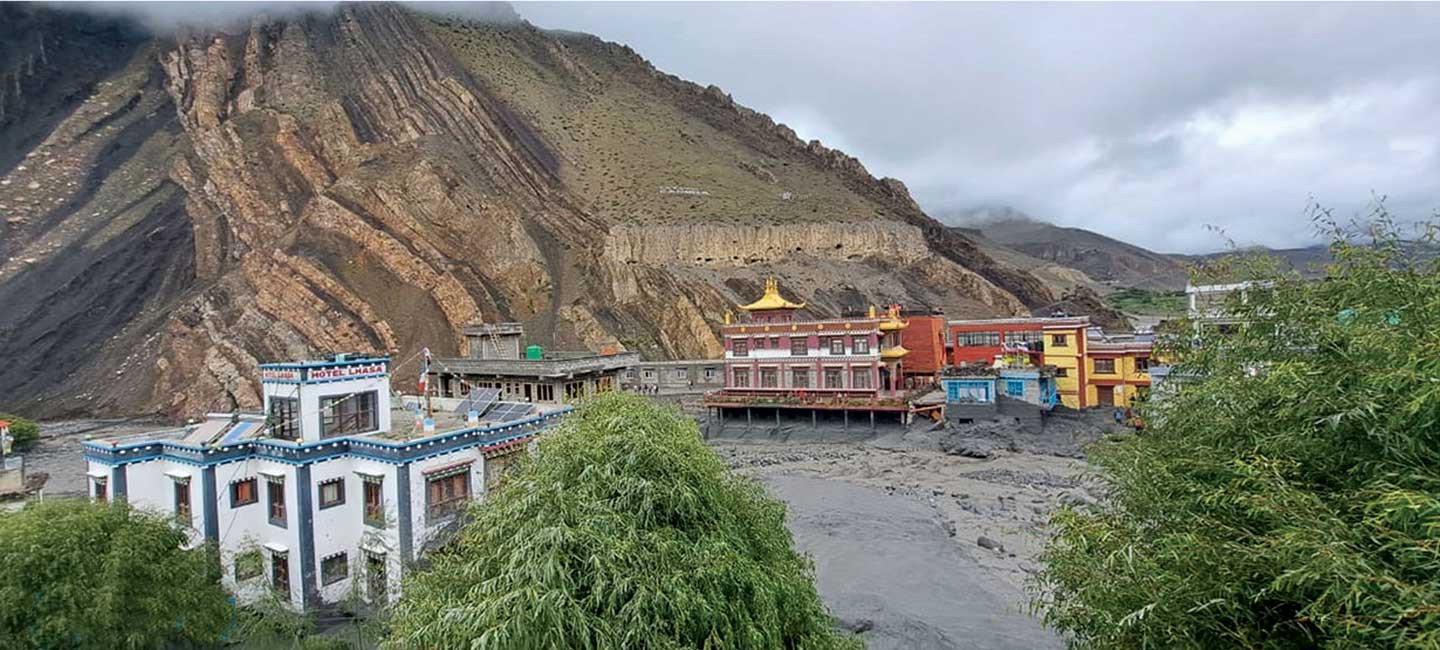
Laxmi Gurung is 49 years old and was born in Kagbeni, where her ancestors have lived for eons. She was away in Kathmandu when I visited Kagbeni, but I caught up with her the following week in the capital’s Swayambhu neighborhood, which has a large Tibetan community.
Laxmi and her brother, a former local-government chairperson, own and run Kagbeni’s Hotel Mustang Gateway and its iconic YacDonald’s restaurant. Together, they founded the Fama Foundation to help preserve Mustang’s traditional culture as the region rapidly develops. Educated at universities in India and New Zealand, Laxmi attended COP28, the latest United Nations Climate Change Conference, in Dubai last December with Nepal’s delegation to advocate for the establishment of a “loss and damage” fund at the UN.
Last year’s August flood had damaged the hotel and restaurant, sending a car through a wall. Laxmi described that night for me in harrowing detail: the intensity of the rain, unlike anything Kagbeni had experienced in the past (the old town’s mud houses, which have survived centuries in the region’s arid climate, are now dissolving under the recent downpours); the warning calls from villages upriver, which saved lives (Kagbeni had no fatalities); the unforgettable sound of heavy debris crashing into buildings in the darkness and of buildings collapsing; the agonizing wait to see the damage in first daylight. “It was the longest night,” Laxmi said.
But it was the flood’s aftermath that was the most revelatory. “The next day we see everywhere the heaps of mud. And we don’t know what to do. Everybody is crying,” Laxmi said. Houses and belongings were buried under the debris, while some items were carried down the Kali Gandaki as far as Lete, 25 miles away. But, she continued, “all the people, from Lubrak, from Muktinath, every village from Upper Mustang to Lower Mustang—all the communities—they came with something in hand to help Kagbeni, to move the debris. They came personally to help us, and they also contributed financial help.” Mustang, she added, “is an example that community exists.”
“From the government, we still have not got any relief funds,” Laxmi said. Nepal’s Home Ministry and a variety of NGOs “came and watched—they see, they study, and [are] gone.”
Pointing out that Kagbeni’s carbon emissions, like Nepal’s as a whole, are relatively negligible, Laxmi asked, “Why are we the ones who suffer a lot? Our memories, heritage, structures, landscapes—gone. And who is to blame for this? Should we blame ourselves?
“We should get compensations. But who will listen to us? We are a small community, a small mountain village, in one corner of beyond the Himalayas. Even Nepal’s government believes we are beyond the Himalayas, and we have been neglected.”
I asked about her advocacy in Dubai for loss-and-damage funding. Are there losses that cannot be compensated?
“Only the financial help can establish new houses, infrastructures, and all of these [physical] things,” she said. “But our heritage, our ancestors’ properties, we cannot rebuild. The [loss of] memories, values, culture, customs cannot be repaid.”
Yungdrung Tsewang Gurung, 36, is a freelance researcher, conservationist, and photographer from Lubrak (or Lupra on some maps), a tiny village a few miles south of Kagbeni. (Gurung is a common surname of many ethnically Tibetan people in the region.) Lubrak, which also dates back to the 12th century, counts 14 households and is the last village in Mustang entirely of the pre-Buddhist Tibetan Bön religion. I had arranged to meet Yungdrung in Kagbeni to look at the flood damage.
Working with Amburgey and other scholars, Yungdrung has researched the effects of climate change and social change in Mustang, both of which he knows well from personal experience. In June 2021, his family’s small ancestral home in Lubrak was destroyed by a major flood. They have since built a new house higher up the steep mountainside, and he has documented and reported for the Nepali Times on how Lubrak is shifting ground as the floods and rising riverbed overwhelm its ancestral fields and now threaten the heart of the village itself.
“Knowingly or not knowingly, local people are already struggling,” Yungdrung said. “In Lubrak, my family was living with the threat of when the flood would happen and we would lose our house. In 2021, it happened overnight. And when we see directly the snow melting and how the rain pattern is changing, and flood is one of the outcomes, we cannot do much. In our village, most of the old traditional things are already damaged, and we do not have [many options for a] livelihood.”
The people of Lubrak are actively discussing whether, how, and where to relocate as a community—a prospect complicated by the fact that, under recent national policy, the community’s ancestral land is now owned by the Nepali government. “We cannot build and claim that it belongs to us, like our parents and older generations,” Yungdrung said. His family was the first in Lubrak to lose its home, and the plot on which they rebuilt was allocated through the village’s traditional community decision-making process. But now their ownership, and the village’s ability to relocate on ancestral land, is uncertain. “We do not fit in the Nepal government’s policy,” Yungdrung said. “How can we survive here?”
Kagbeni now faces the same issue. Nepal’s central government recently overruled a local decision to allocate community land to flood victims for building new homes. “As authorized land documents remain unavailable, the affected individuals and local authorities are actively pursuing procedures to acquire land from the Nepalese government,” Rinzin Namgyal Gurung, the chairperson, told me.
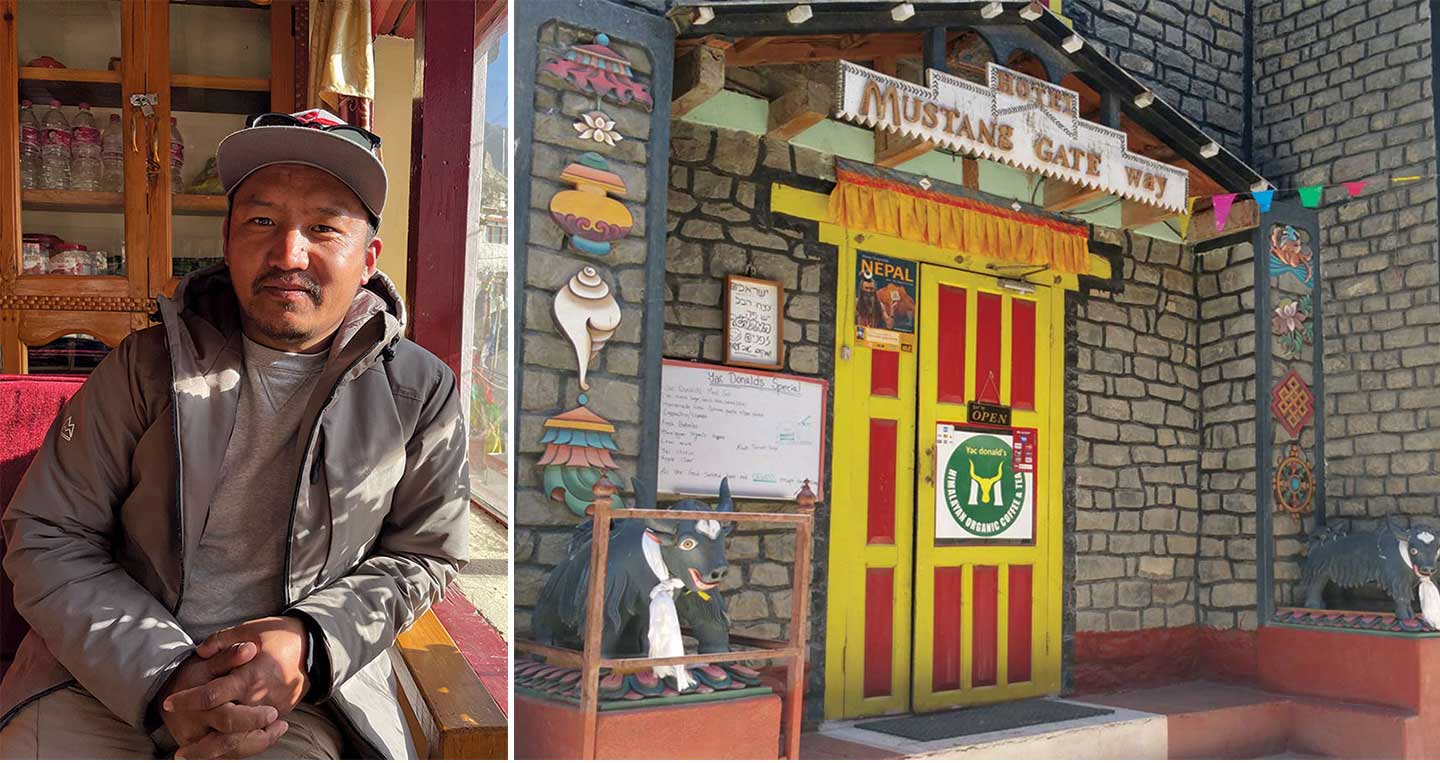
I asked Yungdrung what would happen, in his view, if there were suddenly a significant amount of loss-and-damage funding for Mustang. Would it make a difference? Is there a mechanism through which to use the money? “I don’t see a way through, directly,” he said. “The political situation is not stable. Many people at different political levels will benefit from it, and many NGOs are influenced by political parties. So for now, even if you say in 2024 there will be lots of grants for loss and damage, I don’t think it will reach the ground level. It won’t reach the people who actually suffer.”
There’s a simplistic narrative about loss-and-damage funding, which took a long-overdue stride forward at COP28. It suggests that if wealthy Global North nations create a pot of money to compensate the most vulnerable developing countries—among which Nepal ranks in the global top 10—that will address the problem. It’s as if, where the culpable rich nations once said, “They’ll adapt,” the thinking now goes, “We’ll compensate them.” In other words: We’ll help pay for your losses (“Here, will this pocket change do?”) while we keep burning the world, melting your glaciers, and wrecking your monsoon.
Popular
“swipe left below to view more authors”Swipe →Make no mistake: Full loss-and-damage funding for poor countries is a moral and geopolitical imperative. Debt cancellation for developing nations might be a start. But it’s a naïve “first world” fantasy to think that a government like Nepal’s has the capacity to implement climate relief and adaptation measures at scale, however much money is sent, without deep political and structural reforms (as any number of Nepali experts will tell you). What the United States, Europe, and the world’s other advanced economies truly owe the Global South goes well beyond compensation—especially when money itself cannot compensate for what is lost. We owe them nothing less than to break the grip of fossil fuels on our economic and political systems and end the use of coal, oil, and gas as fast—and as equitably—as possible. That will require a political mobilization like nothing we’ve yet seen, one that is still, at this late date, nowhere in sight.
What, then, do you say to a person like Laxmi Gurung as she looks you in the eye? I had no adequate words. But maybe I should be looking to her for answers. In Kathmandu, I asked Laxmi if she thinks her community will ever abandon Kagbeni or whether her people will stay and fight, come what may.
“The day we got the flood,” she told me, emotion in her voice, “we became strong. We said, ‘We should fight.’ We all are traumatized, we feel scared to stay in Kagbeni, but we thought, ‘No, this is our place, this is our home. No matter what, we should fight.’ So we all get together, and then the community all came. Then we began to say, ‘Oh, if we stand, everybody is with us. Why not stand?’”
We cannot back down
We now confront a second Trump presidency.
There’s not a moment to lose. We must harness our fears, our grief, and yes, our anger, to resist the dangerous policies Donald Trump will unleash on our country. We rededicate ourselves to our role as journalists and writers of principle and conscience.
Today, we also steel ourselves for the fight ahead. It will demand a fearless spirit, an informed mind, wise analysis, and humane resistance. We face the enactment of Project 2025, a far-right supreme court, political authoritarianism, increasing inequality and record homelessness, a looming climate crisis, and conflicts abroad. The Nation will expose and propose, nurture investigative reporting, and stand together as a community to keep hope and possibility alive. The Nation’s work will continue—as it has in good and not-so-good times—to develop alternative ideas and visions, to deepen our mission of truth-telling and deep reporting, and to further solidarity in a nation divided.
Armed with a remarkable 160 years of bold, independent journalism, our mandate today remains the same as when abolitionists first founded The Nation—to uphold the principles of democracy and freedom, serve as a beacon through the darkest days of resistance, and to envision and struggle for a brighter future.
The day is dark, the forces arrayed are tenacious, but as the late Nation editorial board member Toni Morrison wrote “No! This is precisely the time when artists go to work. There is no time for despair, no place for self-pity, no need for silence, no room for fear. We speak, we write, we do language. That is how civilizations heal.”
I urge you to stand with The Nation and donate today.
Onwards,
Katrina vanden Heuvel
Editorial Director and Publisher, The Nation
More from
Wen Stephenson 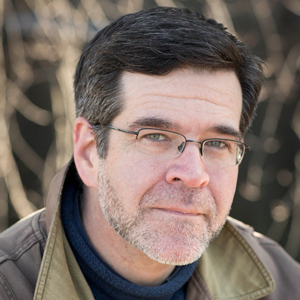
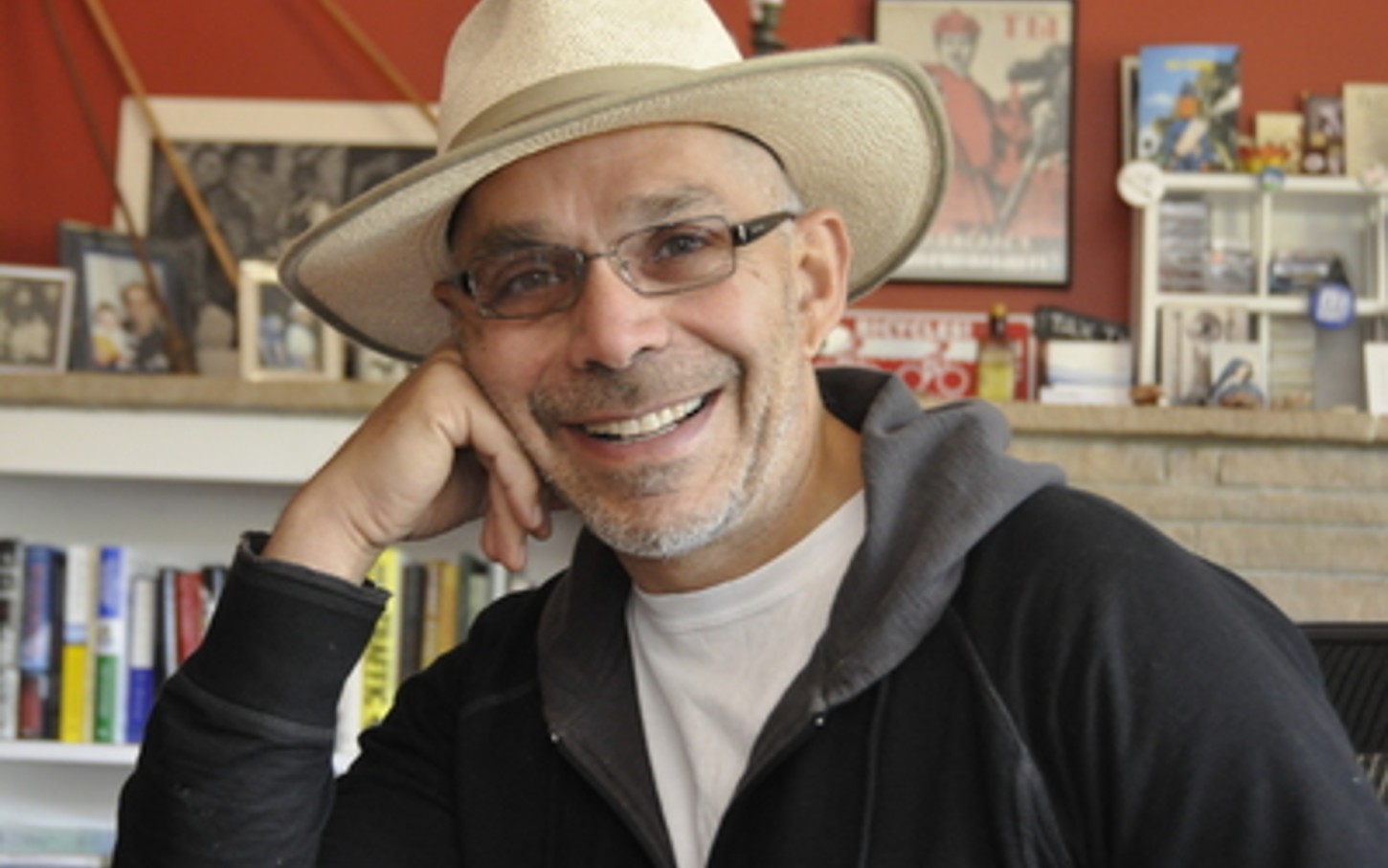
Climate Realism (Still) Means Climate Justice Climate Realism (Still) Means Climate Justice
An interview with Tom Athanasiou on where climate geopolitics goes from here, and why unlocking trillions in climate finance is an “existential necessity.”

Climate Justice Organizer to Citi CEO: “Talk Is Cheap” Climate Justice Organizer to Citi CEO: “Talk Is Cheap”
An interview with Alice Hu, one of the lead organizers of the “Summer of Heat” campaign targeting Wall Street fossil fuel financiers.
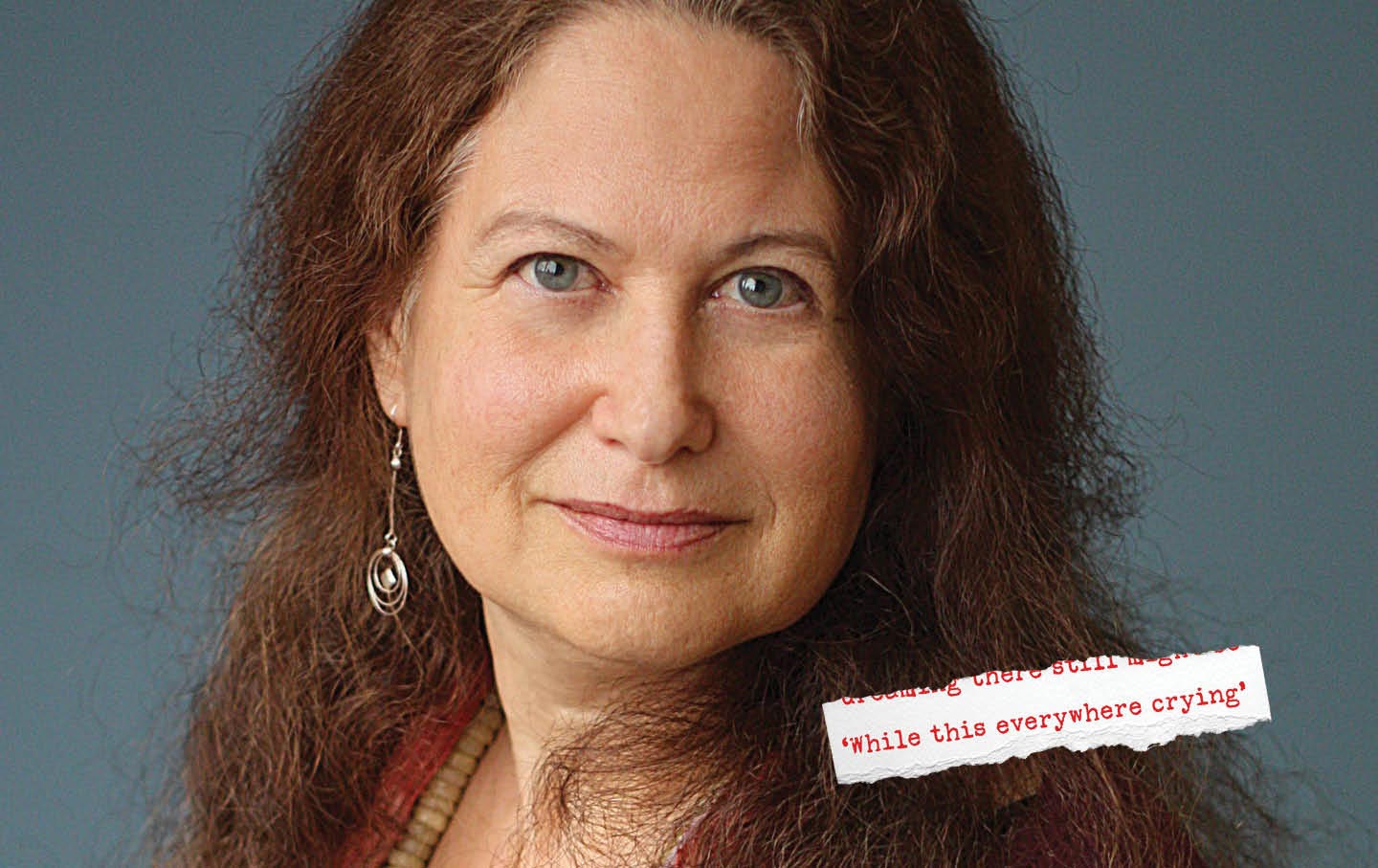
An Urgent Witness, Not a Passive Bystander, to Climate Catastrophe An Urgent Witness, Not a Passive Bystander, to Climate Catastrophe
Conversations with Jane Hirshfield, poet of the present moment.
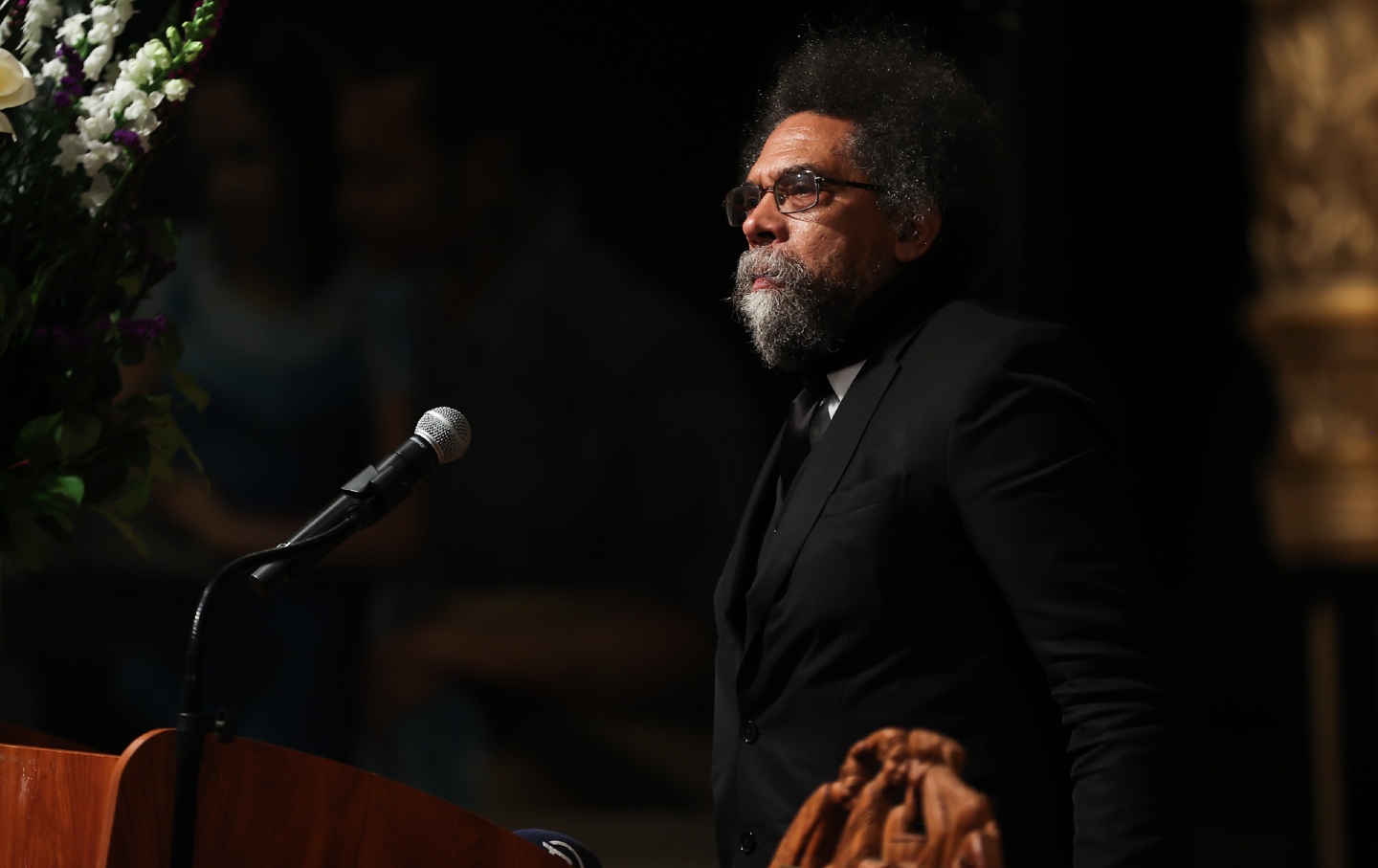
Cornel West: The Christian Socialist Running for President Cornel West: The Christian Socialist Running for President
In an exclusive interview with The Nation, the candidate talks church, state, prophecy—and politics.
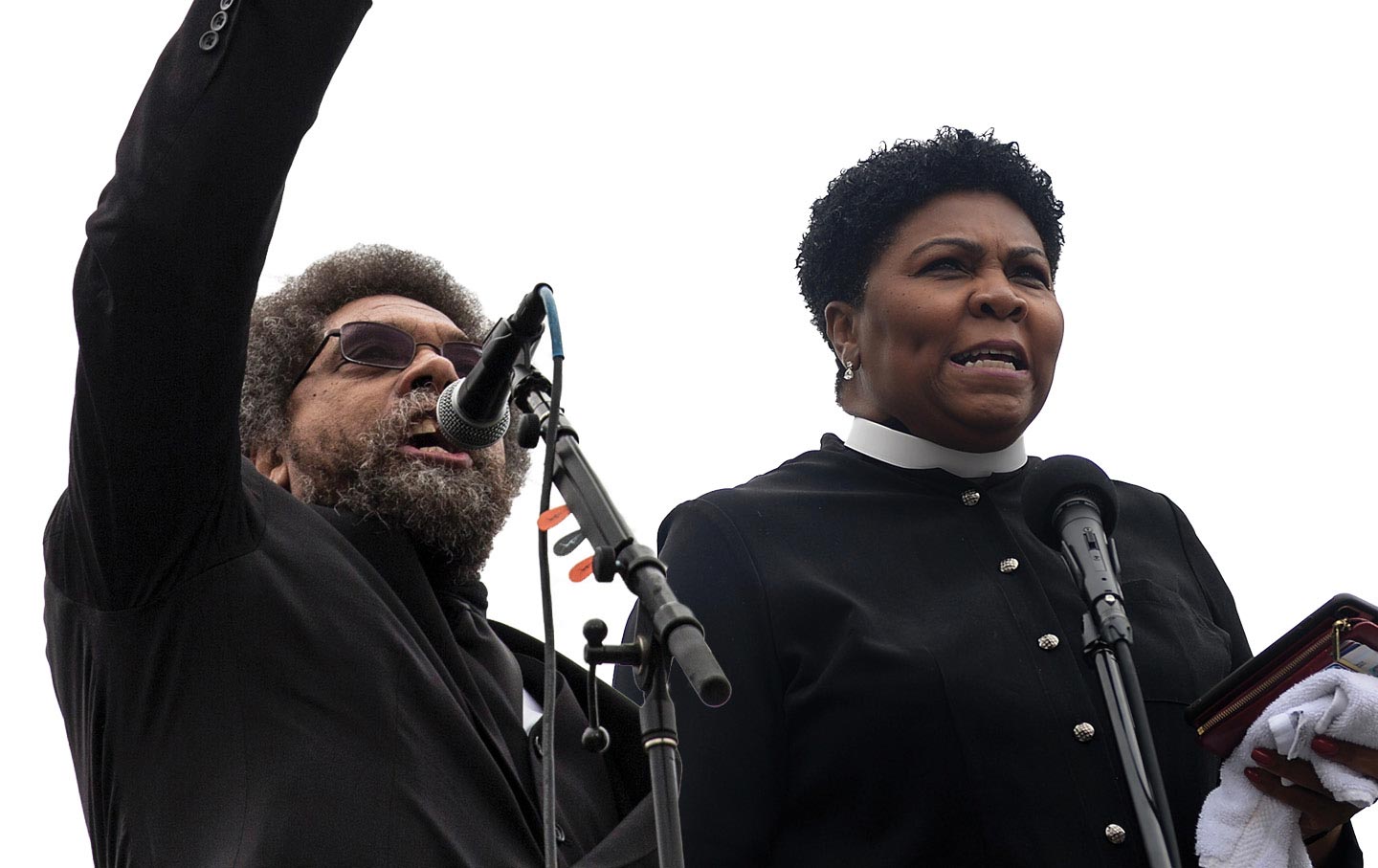
The Gospel of a New Christian Left The Gospel of a New Christian Left
Faith leaders around the country are building a resistance movement against Christian nationalism.

What It’s Like to Be Trans and Christian in Nashville Right Now What It’s Like to Be Trans and Christian in Nashville Right Now
Talking with Nashville-based transqueer Christian scholar and activist Roberto Ché Espinoza about faith, violence, and healing.


